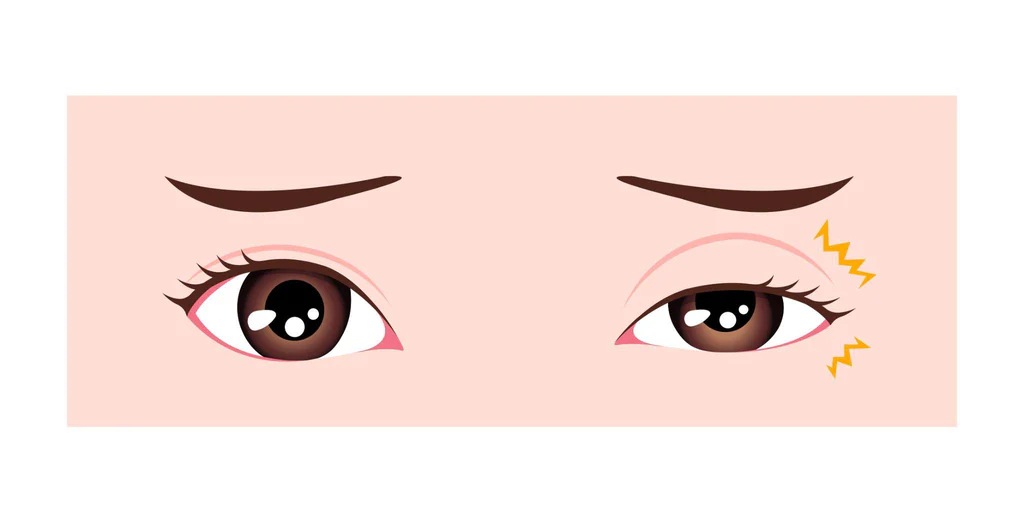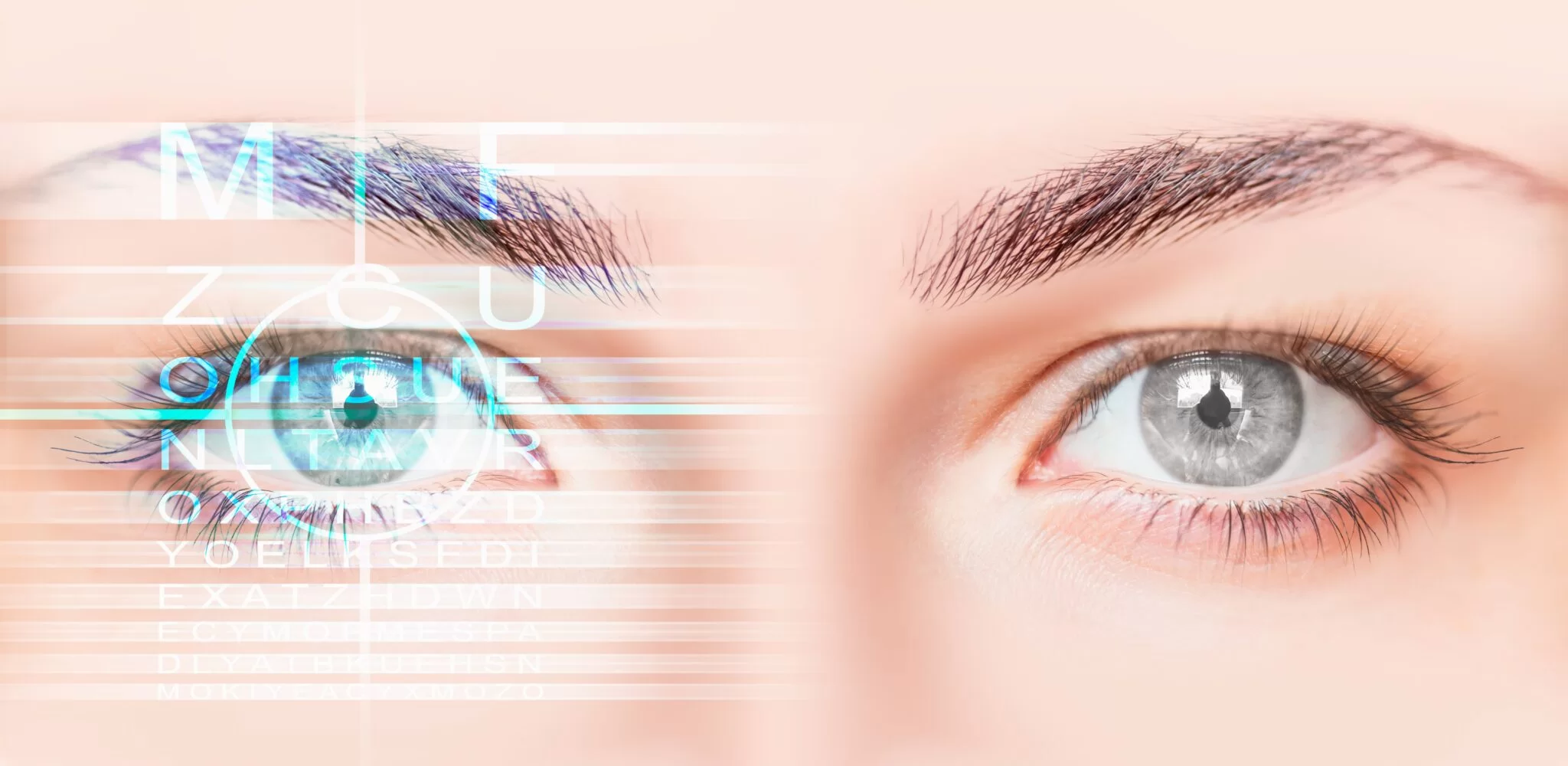QUICK APPOINTMENT FORM

What is Dry Eye?
Dry eye is a problem that is quite common today and can negatively affect our daily life. This condition, which manifests itself with symptoms such as burning, stinging, itching, redness, blurred vision and eye fatigue, can be caused by various factors.
Today, there are many methods that can be used in the treatment of dry eye. The treatment of dry eye varies depending on the underlying cause and the severity of the symptoms. Your doctor will diagnose the cause of your dry eye by examining your eyes and reviewing your medical history.
Depending on the diagnosis, your doctor may recommend one or more of the following treatment options.
- Artificial tear drops are the most common dry eye treatment that helps moisturise your eyes and relieve your symptoms.
- Eye gel, which provides more lasting moisturisation than artificial tear drops, can be used overnight.
- If eyelid inflammation, such as blepharitis, causes dry eyes, your doctor may recommend cleaning your eyelids regularly.
- In cases where dry eye is caused by an underlying medical condition, your doctor may recommend treatment for this condition.
- Plugs that prevent the discharge of tears from the eye can be used in the treatment of dry eye.
- In some cases, surgical procedure may be required in cases such as blockage of tear ducts.
Why Does Dry Eye Occur?
Dry eye is a common problem that occurs when the eyes do not produce enough tears or when tears evaporate too quickly. It can cause various symptoms such as stinging, burning, itching, blurred vision and sensitivity to light. The most common causes of dry eyes are as follows.
- Tear production decreases with age, so dry eye is more common in people over 50.
- Some medications such as antihistamines, antidepressants and blood pressure medications can cause dry eyes.
- Some autoimmune diseases such as Sjögren’s syndrome and lupus can cause dry eyes by damaging the tear glands.
- Eyelid inflammation, also known as blepharitis, can cause redness, swelling and crusting at the edges of the eyelids, which can affect tear production.
- Environmental factors such as dry air, wind, smoke and cigarette smoke can cause tears to evaporate more quickly.
- Prolonged staring at digital screens such as computers, tablets and phones can reduce the number of blinks, which can cause tears to evaporate.
- Contact lenses can help keep tears on the front surface of the eyes, but can also accelerate the evaporation of tears.
Some other risk factors of dry eye are as follows:
- Vitamin A deficiency
- Deficiency of omega-3 fatty acids
- Hormonal changes
If you are experiencing dry eyes, it is important to see an ophthalmologist. Your doctor can determine the cause of dry eye and discuss treatment options with you.
Types of Dry Eye
Stinging and burning
This sensation is usually due to irritation of the eye surface when it is not sufficiently moisturised. Eye surface irritation caused by dry eye syndrome or external factors (such as dust, wind, air conditioning) manifests itself as burning and stinging.
Excessive lacrimation
Dry eyes can paradoxically cause excessive watering. When the surface of the eye is not sufficiently moisturised, the eye reflexively produces excess tears as a protective mechanism. However, this tear is usually of low quality and does not provide permanent relief.
Sandy or gritty feeling
In dry eye, the lack of moisture on the surface of the eye causes the patient to feel uncomfortable, as if there is sand or a foreign body in the eye. This causes the need for constant blinking or rubbing.
Blurred vision
The tear film is extremely important for clear vision. When there are not enough quality tears, the eye surface is not smooth and light reflection is impaired. This may cause blurred vision, which is especially evident when using a computer screen or telephone.
Redness
As a result of dry eye or irritation, the eye vessels dilate, causing redness on the surface. This redness can be increased by dry eye as well as other factors such as allergies or inflammation.

Laser Treatment for Dry Eye
Treatments such as artificial tear drops and hot compresses may not always be sufficient for dry eye. Especially at this point, laser treatment for dry eye emerges as a promising option.
Laser treatment for dry eye involves a series of procedures, including different methods such as Intense Pulsed Light (IPL) or Thermal Laser Therapy. All these treatments aim to stimulate the sebaceous glands in the eyelids and increase tear production.
In IPL treatment, a gentle pulse of light is applied to the eyelids. The light helps to open blocked sebaceous glands and increase oil production. In thermal laser treatment, a low-intensity laser beam is applied to the eyelids.
The laser beam helps to reduce inflammation and improve the function of the sebaceous glands. Among the benefits of laser treatment are the following.
- Relieves symptoms of dry eye.
- Reduces the need for artificial tear drops.
- Reduces eyelid inflammation (blepharitis).
- Reduces eye fatigue and irritation.
- Improves the quality of vision.
Laser treatment is a safe and well-tolerated procedure. However, it is not suitable for every dry eye patient. Pregnant or breastfeeding women, people with certain medical conditions such as diabetes or thyroid disease, and people with active eye infections should avoid laser treatment.
How Much Does Dry Eye Treatment Cost?
The price of dry eye treatment varies depending on the underlying cause and the operation to be performed. The treatment plan to be created by our specialist ophthalmologist depending on the detailed examination result may vary from person to person.
The above information is for informational purposes. If you have any medical concerns or questions, please make an appointment with our ophthalmologists.




















